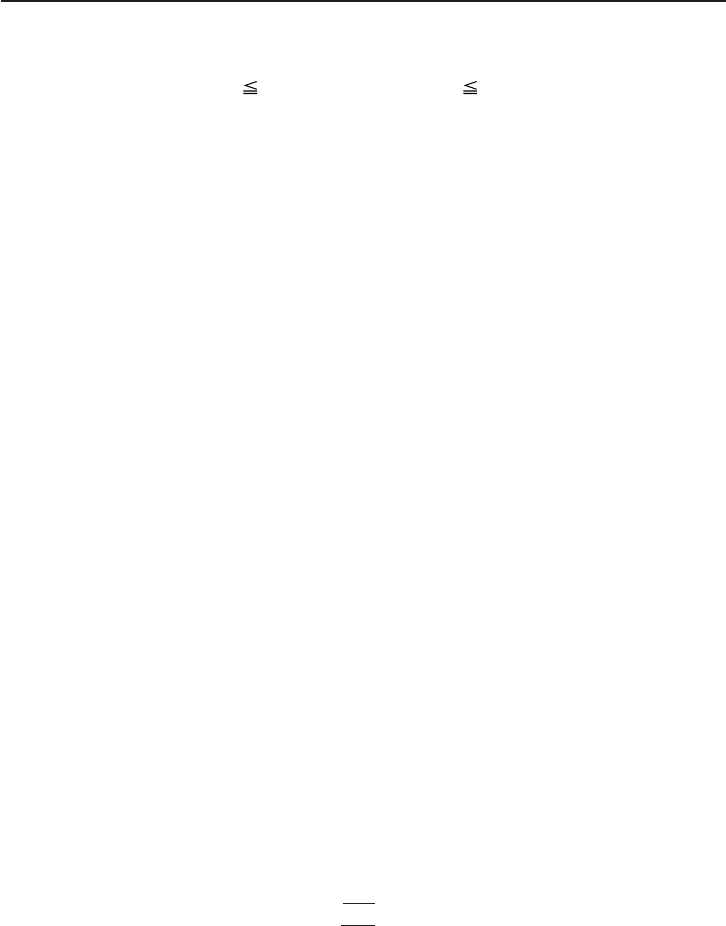
— 144 —
LPRINT CHR$(&H1D) ;”C0”;
LPRINT CHR$(3);CHR$(0);
LPRINT CHR$(&H1D);”C1”;
LPRINT CHR$(50) CHR$(0);
LPRINT CHR$(0);CHR$(0);
LPRINT CHR$(5);CHR$(2);
GOUSAB *CNT
LPRINT CHR$(&H1D);”C2”
LPRINT CHR$(5); CHR$(0);
GOUSAB *CNT
END
*CNT
FORI = 1 TO 5
LPRINT CHR$(&H1D)”c”;
NEXT I
LPRINT CHR$(&HA);
RETURN
GS C1 n1 n2 n3 n4 n5 n6
[Function] Setting the numbering counter mode (A)
[Code] <1D>H<43>H<31>H<n1><n2><n3><n4><n5><n6>
[Range] 0
n1 , n2 , n3 , n4 , n5 , n6 255
[Outline] This command sets the numbering(serial number counter)
mode.
n1 + n2 x 256(n1 = remainder, n2 = quotient) : Counter default
n3 + n4 x 256(n3 = remainder, n4 = quotient) : Counter final value
n5 : Counter step value
n6 :
Idential counter print counter
(n1 + n2 x 256) < (n3 + n4 x 256) : Count-up system
(n1 + n2 x 256) > (n3 + n4 x 256) : Count-down system
(n1 + n2 x 256) = (n3 + n4 x 256)or n5 = 0 or n6 = 0
: Counter stop
[Default] n1 + n2 × 256 = 1
n3 + n4 × 256 = 65535
n5 = 1
n6 = 1
[See Also] GS C0 , GS C2 , GS c , GS C ;
[Sample Program]
[Print Result]
When setting a count-down range = 0 to 50 step
value = 5, repeat count = 2, and start value = 5 to
50 50 45 45 40 40
<
print a counte value.
5 0 50 45 40 35
<
When setting a count-down range = 0 to 50, step
cleared)


















